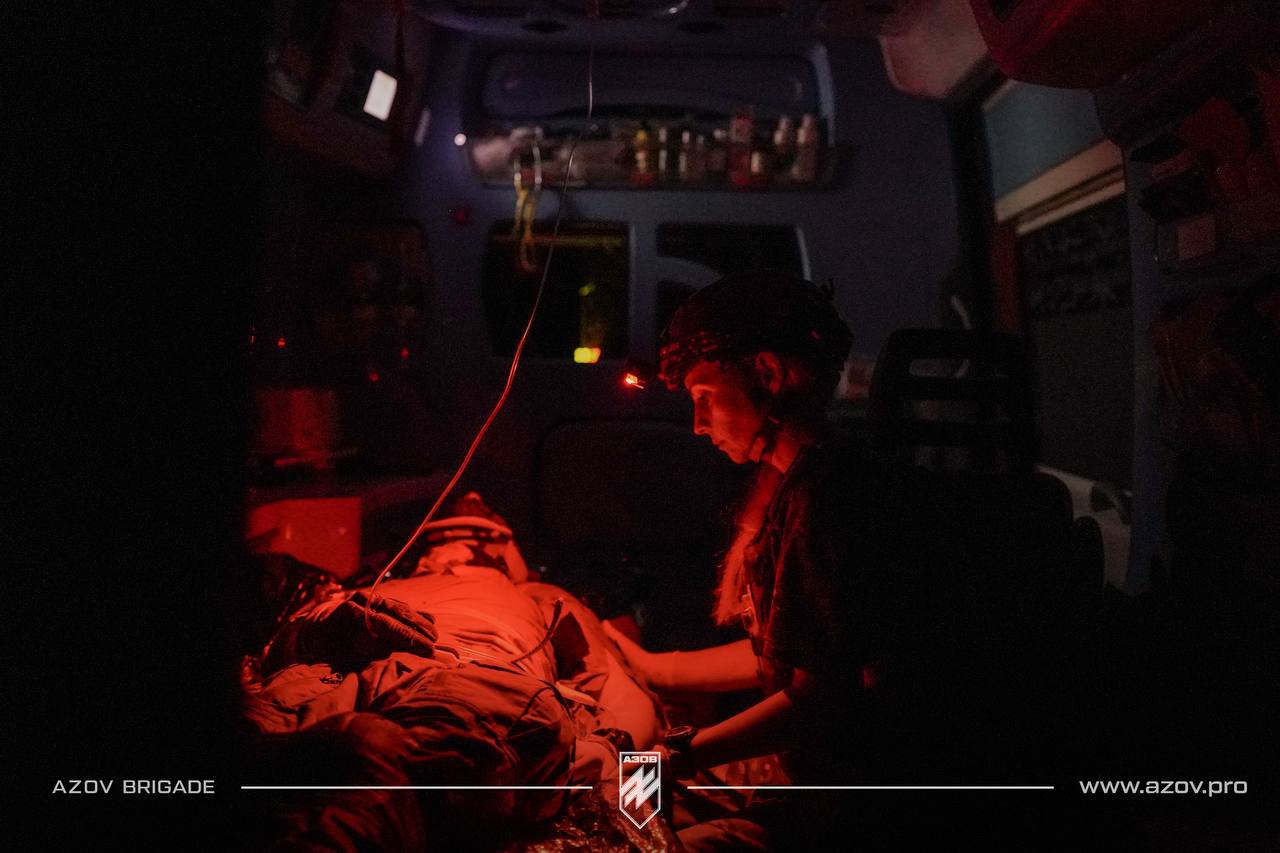Russian firearms are becoming more advanced, and the nature of battlefield injuries has drastically changed, ArmyInform reports. Today, the main cause of death on the battlefield is bleeding.
Ukrainian surgeons are swiftly adapting and advancing global medical techniques to protect the lives of soldiers in these new wartime conditions.
“If a major artery is damaged, the wounded person often dies before receiving help,” says the Chief Surgeon of the Ukrainian Armed Forces, Kostiantyn Humeniuk.
Bleeding kills within minutes
A wounded soldier has only a few minutes to apply a tourniquet and stop the bleeding. If more than three minutes pass, the chances of survival are almost zero.
- 80% of injuries require urgent intervention to stop bleeding, including internal hemorrhages.
- 70% of vascular injuries affect the major arteries of the lower limbs, and about 30% affect the upper limbs.
Despite protective gear, 81.3% of injuries are caused by shrapnel, and only 18.7% by bullets. Multiple areas of the body are affected at once — the abdomen, chest, head, and limbs.
Drones have become the primary weapon causing complex injuries.
"The nature of combat trauma has fundamentally changed"
“Shrapnel wounds dominate over bullet wounds… they cause massive tissue damage,” Humeniuk explains.
The lower limbs suffer the most, causing amputations, tears, and massive blood loss.
“As military surgeons, we clearly see that the nature of modern combat trauma has fundamentally changed — and unfortunately, for the worse,” he adds.
Modern battlefield trauma means multiple shrapnel injuries that destroy several organs and systems at once.
Ukrainian medicine adopts global techniques — and creates its own
Recently, Ukrainian surgeons performed the world's first thoracoscopic surgery for a heart injury — through a small incision, they removed shrapnel from the pericardium, saving the soldier without opening the chest.
“We are also widely using magnets in laparoscopy. They allow us to quickly locate a bullet or shrapnel, and then, through tiny incisions, surgeons extract the foreign objects,” says Humeniuk.
Every day, doctors use surgical staplers and the REBOA system to stop internal abdominal bleeding. About 40 REBOA systems are already operating in Ukraine, and they are saving lives.
“If something new appears in the world that can save our wounded — we implement it,” Humeniuk stresses.
Ukrainian medics are also widely applying vacuum-assisted wound therapy, or "vac-therapy", which speeds up healing and reduces infection risks. A special system is placed on the wound, covered with a sterile film, and connected to a negative pressure device. This way, the wound contracts and heals faster.
Read also
-
Volgograd oil refinery hit repeatedly as Ukraine targets fuel supplies for Russian military operations
-
“We’re shooting people like you”: Latvian citizen attacks family on Swiss train for speaking Ukrainian
-
Off-duty Ukrainian front-line medics save life at London car crash scene
-
Russo-Ukrainian war, day 1334: Pokrovsk offensive fails, diplomatic pressure mounts as Ukraine strikes Russian energy infrastructure

